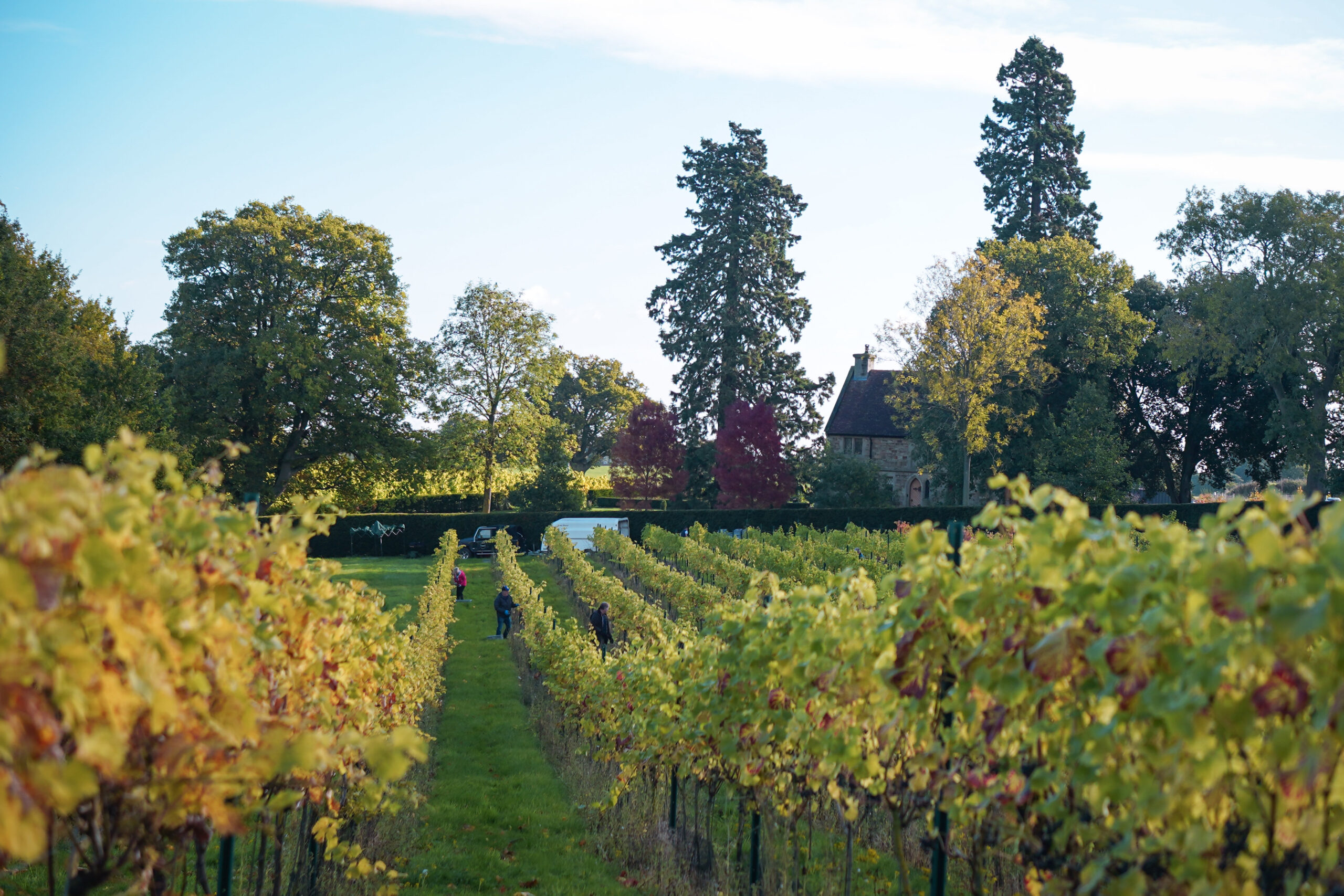The Art and Science of Vineyard Pruning: Unlocking the Potential of Every Vine
Pruning is one of the most important jobs in a vineyard. Here at Colemere Vineyard, tucked away in the beautiful Shropshire countryside, we know that proper pruning is the secret to growing top-quality grapes and making delicious wines. But what exactly is pruning, and why does it matter so much?
In this blog, we’ll take you through the basics of vineyard pruning—what it is, why we do it, and how it helps us craft the wines you love.
What is Vineyard Pruning?
In simple terms, vineyard pruning means trimming back the previous year’s growth to guide how the vine grows in the next season. We do this during the vine’s dormant period—usually between January and March—when the plant is having its winter rest.
Why bother? Well, if we left the vines to grow wild, they’d produce too many leaves and too much fruit, which would lower the quality of the grapes. Pruning helps us keep the vines healthy, the grape clusters perfect, and the vineyard easy to manage.
Why is Pruning Essential for Quality Wine?
Pruning isn’t just about keeping things tidy—it has a direct impact on the grapes and the wines they become. Here are a few reasons why it’s so important:
- Better Quality Grapes: By controlling how many grape clusters the vine produces, we make sure the plant focuses its energy on fewer but better grapes.
- Perfect Ripening: With fewer leaves and shoots to feed, the vine can put all its effort into ripening the grapes. This means better sugar levels, balanced acidity, and more concentrated flavors.
- Healthier Vines: Less foliage means better air circulation and more sunlight, which helps prevent fungal diseases that thrive in damp, shady spots.
- Vine Longevity: Regular pruning keeps the vines in good shape for the long haul—healthy vines can produce amazing grapes for decades!
Key Pruning Methods
There are a few different ways to prune a vineyard, depending on the grape variety and the local climate. At Colemere Vineyard, we use methods that work best for our vines and Shropshire’s weather.
- Spur Pruning: This involves cutting back the vine to short spurs with 1-3 buds. It’s a great method for controlling growth and is commonly used in cooler climates.
- Cane Pruning: With cane pruning, we leave a couple of longer canes (each with 8-12 buds) to produce next season’s growth. This works well for vigorous vines and helps us manage yields.
- Guyot System: A popular form of cane pruning where one or two canes are trained along a horizontal wire. It’s perfect for maximizing sun exposure and air circulation.
- Double Cordon: This spur-pruning method uses two permanent horizontal arms. It’s ideal for keeping things organized and controlling vine vigor.
Timing Matters: When Do We Prune?
Getting the timing right is crucial. We prune our vines during their dormant period—between January and March—when they’re in their winter slumber. This reduces stress on the plant and helps prevent disease. Prune too early, and the buds might sprout too soon; prune too late, and it can delay the vine’s growth.
The Vineyard’s Annual Cycle and Pruning
Pruning is just the first step in the vine’s yearly journey. Here’s a quick look at what happens throughout the year:
- Winter (Dormancy & Pruning): The vines rest, and we prune to guide their future growth.
- Spring (Bud Break): New shoots start to emerge as the weather warms up.
- Summer (Flowering & Fruit Set): Tiny blossoms develop into grape clusters.
- Autumn (Harvest): We pick the ripened grapes and start the winemaking process.
Pruning for the Future
At Colemere Vineyard, we see pruning as both a craft and a science. Every cut we make shapes the future of our vines and the wines they produce. With careful pruning, we can create elegant still, sparkling, and dessert wines that reflect the unique character of Shropshire.
